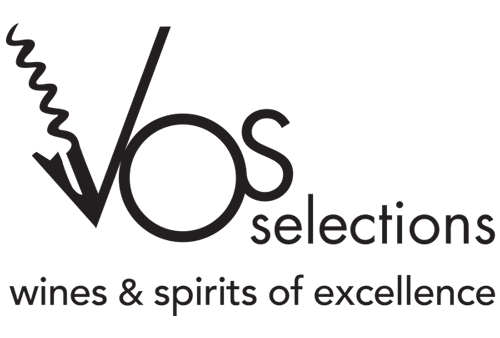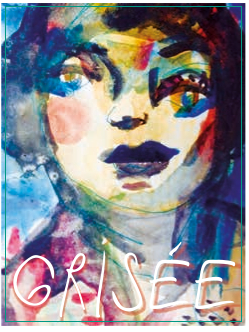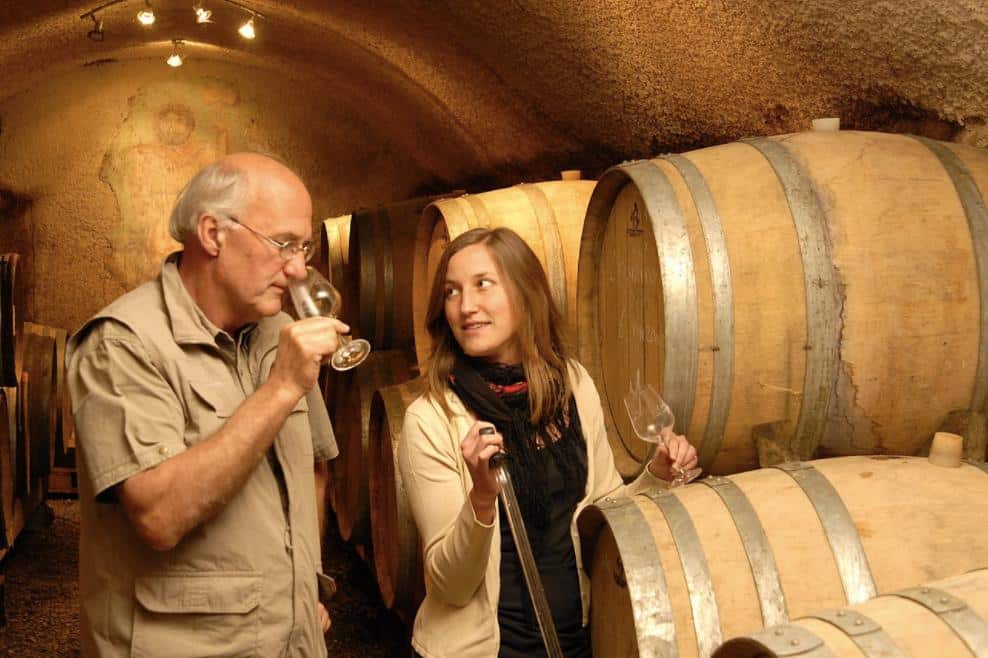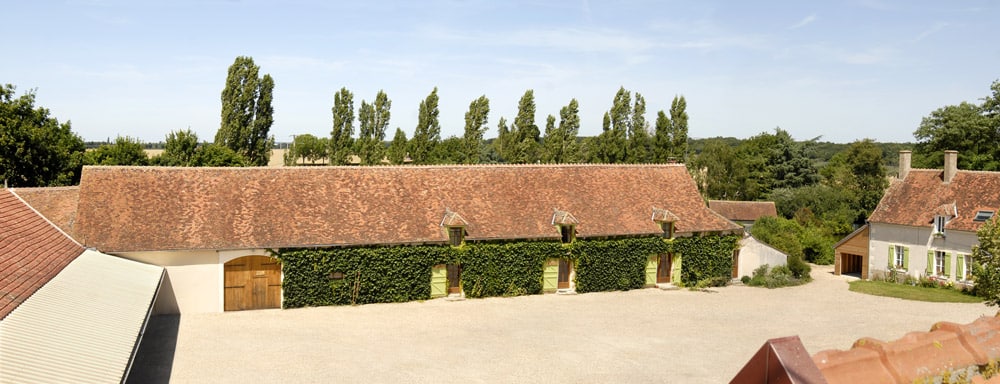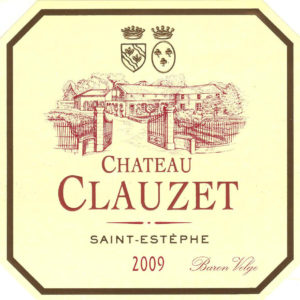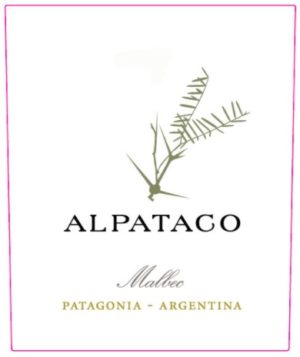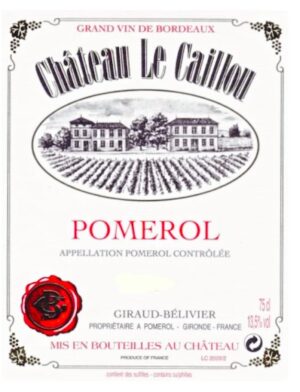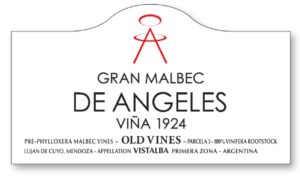ABOUT THE PRODUCER: Domaine du Tremblay
Jean Tatin and Chantal Wilk started the Domaines Tatin more than 20 years ago and were joined by their youngest daughter Maroussia in 2010. The property now spreads over 35 hectares of estate vineyards. The cuvées of Quincy are sold under Domaine du Tremblay and Domaine des Ballandors, and the cuvées of Reuilly under “Les Demoiselles Tatin” (4 hectares total, mostly Pinot Noir with the parcel “La Commanderie” and the rest for Sauvignon Blanc and some Pinot Gris). There are two separate cellars, one in Quincy and one in Reuilly. The total production is 170,000 to 200,000 bottles per year, with 10% reds – under the Reuilly appellation. The wines are vegan: the whites are fined with bentonite, the Reuilly is unfined.
Quincy is located just west of the famous vineyards of Sancerre in the central Loire Valley. This tiny appellation lies in the shadow of its very large neighbor Sancerre, along the River Cher. It consists of only 270 hectares of plateaux vineyards made up of old sand and gravel, shared amongst about 25 producers. This whole area of France was covered by an ancient ocean and the resulting limestone soils are ideal for Sauvignon Blanc cultivation. A pneumatic press employing low pressure is used for a controlled extraction and for preservation of the complete aromatic spectrum. The temperature controlled fermentation occurs in stainless-steel tanks with battonage of the fine lees for greater richness and texture.
Neighboring Quincy, the vineyard of Reuilly is spread over the departments of Indre and Cher and covers 300 hectares. Planted on gently sloping hillsides, the vines flourish on calcareous marl soils
Farming/sustainability practices: the domaine moves each year towards a more sustainable and environmentally friendly viticulture.
- Weeds have been planted between the rows to control the vigor of the vines and insure high quality grapes and the soils have been mechanically worked for several years, to reach 100% mechanical weeding in 2018.
- Use of organic fertilizers and trials of green manures.
- No anti botrytis, insecticides and products classified as CMR are used.
- Hedges have been planted to promote biodiversity.
- Planting of vines from massal selection.
- Planting of old “forgotten” local grape varieties like Genouillet.
- In 2021, a third of the vineyard became farmed organically.
This whole area of France was covered by an ancient ocean and the resulting limestone soils are ideal for Sauvignon Blanc cultivation.
